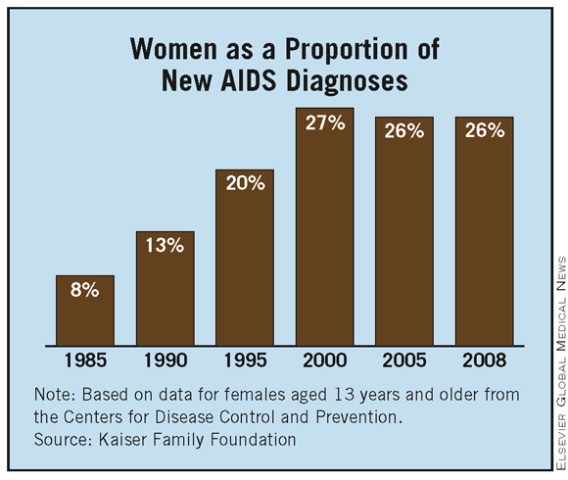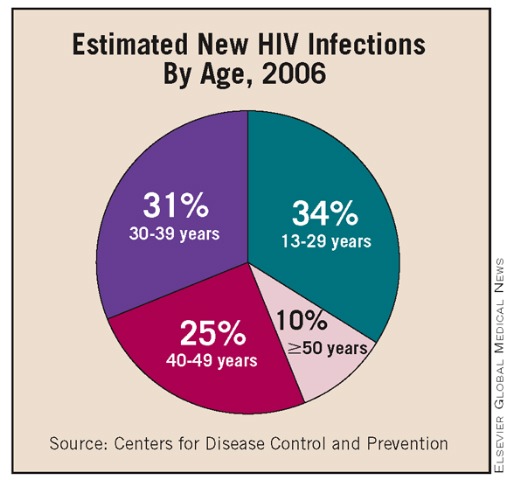Perinatally Infected Women
An increasing number of perinatally infected adolescents has been identified and engaged in care throughout the United States. This population is unique in that many were initially exposed to monotherapy or dual antiretroviral regimens and thus have developed resistance to several antiretroviral regimens. In addition, their adherence to HAART is lower than required to avert failure on current regimens.
They are a population that presents a challenge to ob.gyns. because many have high-risk sexual behaviors, and when they become pregnant they are at high risk for operative delivery due to inadequate viral suppression.
We recently reported on the pregnancy outcomes of 10 perinatally infected adolescents referred to the high-risk obstetric clinic at our institution and delivered between 1997 and 2007. Neonatal outcomes were generally favorable, but these young women had a high rate of operative delivery (62%, compared with our institutional rate of 33%) due to the failure to achieve undetectable viral load (Am. J. Obstet. Gynecol. 2009;200:149.e1-5).
Our goals for these women should therefore include supporting and counseling on treatment adherence and on the selection of well tolerated HAART regimens that can rapidly suppress viral load. We should also minimize the use of operative deliveries when feasible to avert compromise of their future reproductive health, and provide adequate contraceptive counseling to prevent unplanned pregnancies.
We also must engage the partners of these young women in HIV prevention strategies and HIV testing (in our cohort, most of the sexual partners were seronegative males) and work with them in preventing the acquisition of other sexually transmitted infections. Abnormal cervical cytology and STIs affected 80% of the patients in our cohort, and high rates of STIs have been reported in other cohorts of HIV-infected adolescents.
Engaging the patients in care and viral suppression prior to conception and educating their partners to avert HIV acquisition will be among the highest priorities in years to come, especially since this group is more disenfranchised from the health care system and less likely to engage in pregnancy prevention and planning.
This column, "Master Class," regularly appears in Ob.Gyn. News, an Elsevier publication. Dr. Bardeguez serves as professor in the department of obstetrics, gynecology, and women’s health, and as director of HIV services, at New Jersey Medical School, Newark, N.J. She said she has no relevant financial disclosures.



